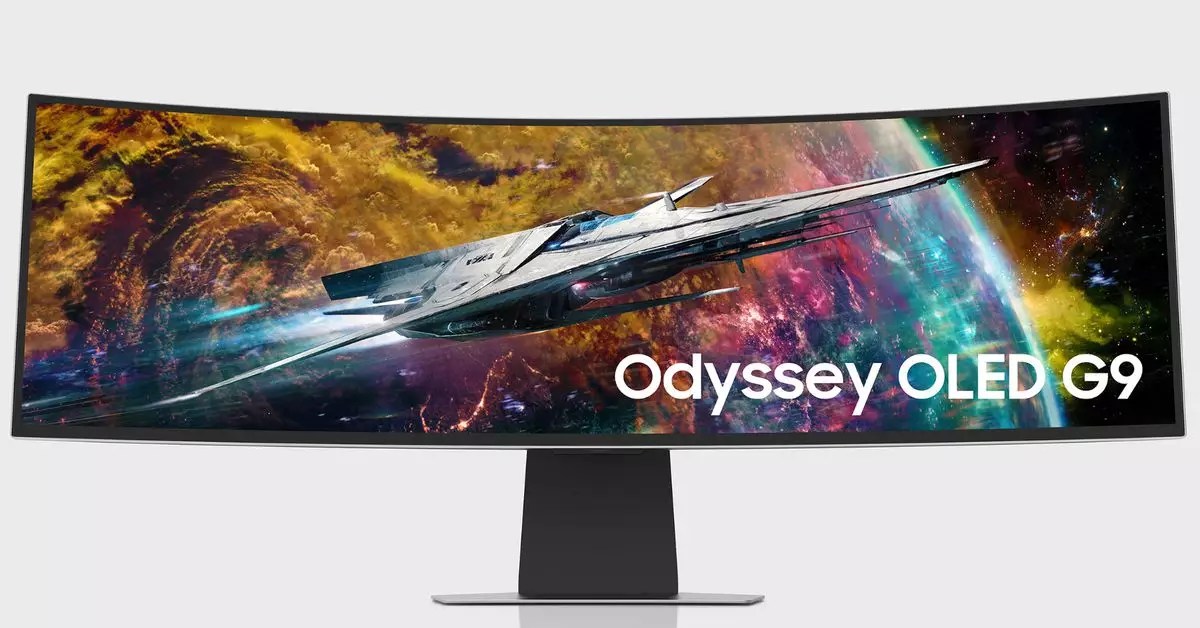In the ever-evolving landscape of technology, consumers are constantly on the hunt for the best deals, and savvy buyers are becoming more critical of their choices. This article explores the dynamics of current promotions within the tech realm, specifically focusing on Samsung’s latest offerings and the broader implications they have on consumer behavior and brand loyalty.
Samsung’s latest marketing endeavors have not gone unnoticed, especially in the wake of their transition to a six-day workweek for executives. This shift not only reflects a rigorous corporate structure but also produces a wave of ambiguities in product design decisions. One of the most discussed moves involves the drastic change in their earbud offerings. Rather than leveraging their innovative designs, the company opted for prolonged comparisons to Apple products—an action that has sparked considerable debate within tech circles.
Despite the critiques, Samsung has launched product deals that capture immediate consumer interest. The 49-inch Odyssey OLED G9 gaming monitor, now discounted to $1,099.99 with a significant $700 off, exemplifies their pricing strategy aimed at luring tech enthusiasts. Yet, this isn’t just about paring down prices; the inclusion of a complimentary 24-inch Odyssey G30D monitor, valued at $150, resonates with the modern consumer’s preference for added value. This tactic not only enhances the perceived worth of the purchase but capitalizes on the craze for ultra-wide monitors—a trend prominently favored by gamers and professionals alike.
The Odyssey G95SC stands out not merely for its expansive size but also for impressive specs like a 240Hz refresh rate and a rapid 0.03ms response time. These features make it a flagship model; however, it’s crucial to consider whether such specifications truly translate into enhanced user experiences. For competitive gamers, the benefits are apparent—these performance metrics serve as crucial differentiators. Notably, the OLED panel technology promises vivid colors and deep blacks, creating a visual experience that can significantly elevate gameplay.
However, the larger question looms: do consumers purchase products solely for their technical merits, or do design and brand ethos contribute to buying decisions? The reaction to Samsung’s recent designs may hint at an underlying dissatisfaction, prompting loyalty fluctuations amongst users. As Samsung replaces innovative designs with familiar silhouettes reminiscent of competitors, it brings to light broader issues of originality in tech innovations.
In parallel, other tech giants are surfacing with tempting deals, indicative of the highly competitive market. The release of beloved titles such as God of War Ragnarök for PC at $49.79 showcases a trend towards making high-quality gaming experiences accessible on multiple platforms. By using promotional codes, consumers can acquire premium content for less—an attractive proposition as they seek more value for their investment.
Moreover, accessories such as the Anker 6,600mAh Qi2 power bank offer practical benefits at remarkable discounts. The price drop to $29.99 exemplifies a broader trend where accessories designed for compatibility with newer devices often draw user interest based on functionality. The rise of features like magnetic wireless charging caters to consumer demand for convenient and portable solutions.
Despite the plethora of offers, consumers often find themselves navigating a fragmented market. With discounts, exclusive deals, and multiple product lines available at competitive prices, making an informed decision becomes daunting. The tech landscape, fraught with unique challenges presented by diversified buyers’ preferences, demands not just a critical lens on individual products, but on the entire shopping experience.
Brands like OnePlus are capitalizing on these consumer trends by offering attractive price points on air-pods and accessories, thereby broadening their demographic appeal. Yet the crowding of alternatives may dilute brand loyalty as users become more inclined to pivot from one good deal to another.
In summation, the current state of tech deals presents a multifaceted view of consumer behavior, brand strategy, and market dynamics. As companies like Samsung navigate their identity amidst competitive pressures, discerning shoppers are playing a critical role in shaping their trajectories—highlighting the essence of consumer power in a progressive marketplace.


Leave a Reply